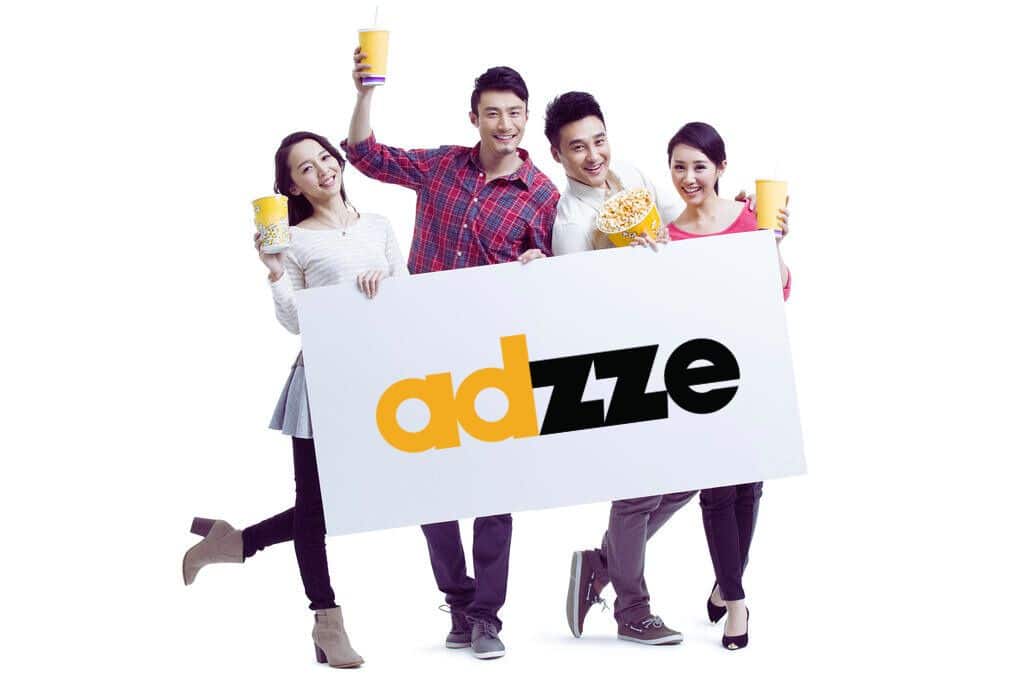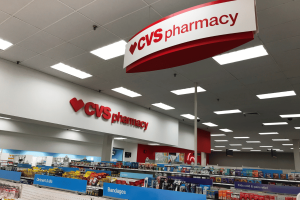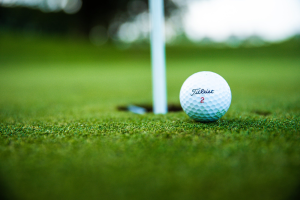
Guerrilla Advertising Examples: Turning Crises into Creative Campaigns
When crisis strikes, most brands retreat into silence or standard PR playbooks. But some choose a bolder path—leveraging guerrilla advertising examples to meet public scrutiny with creativity, transparency, and sometimes, humor. In this blog, we’ll explore how guerrilla marketing—usually known





